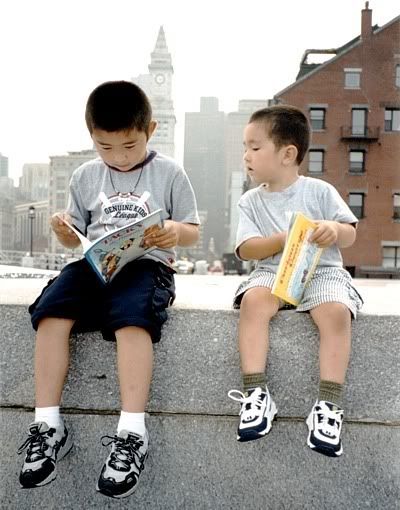
Studies have shown that the most critical factor in a child's development of vocabulary is not through oral language, but through reading. Research has shown repeated times that children who are exposed to large amounts of print have more success in reading and have a much larger vocabulary to draw from than children who see less print. The average conversations among college graduates, spouses or adult friends contain less rare (advanced) words than the average preschool reading book. Other print sources have increasingly higher amounts of rare words, from children's books, to adult books, to popular magazines, newspapers, and scientific articles (listed in increasing level of difficulty). Television, even adult news shows, do not have the same level of rare words that children's books do. The issue is that oral language is very repetitive. To learn to read effectively a child needs to have a large vocabulary. Without this, when the child does read they stumble over words that they do not know, and have trouble following the idea of the sentence. This leads to frustration and a dislike of reading. When a child is faced with this difficulty he or she is less likely to read, thus further inhibiting the growth of their vocabulary. This cycle leads to the "rich get richer, poor get poorer" phenomena known as the Matthew Effect. Children who enjoy reading do it more frequently and improve their vocabulary. A study of out-of-school reading of fifth graders, found that a student in the 50th percentile read books about 5 minutes a day, while a student in the 20th percentile read books for less than a minute a day. This same study found that the amount of time a child in the 90th percentile spent reading in two days, was the amount of time a child in the 10th percentile spent reading all year.
Print exposure can also be a big factor in learning English as a second language. Book flood experiments are an example of this. The book flood program brought books in English to the classroom. Through focusing their English language learning on reading books instead of endless worksheets the teachers were able to improve the rate at which their students learned English.
by Anne Cunningham and Keith Stanovich


No comments:
Post a Comment